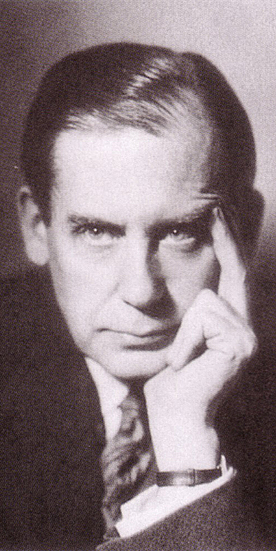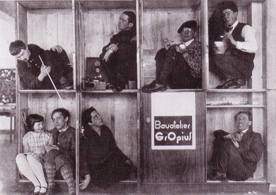Walter Gropius’ architecture office 1910–1933. Co-workers, working processes, publicity.


Alongside Le Corbusier and Mies van der Rohe, Walter Gropius is one of the best-known architects of the 20th century. He began his career in Berlin, where in 1910 – in spite of interrupted architectural studies and his lack of draughtsmanship – he opened his own architectural practice. Thanks to his contacts in the field, Gropius quickly secured contracts, and from the beginning the office was entrusted with large-scale projects. Gropius hired both graduates and experienced architects, some well-known, to work with him on his projects. Thus Adolf Meyer, Ernst Neufert, Otto Meyer-Ottens and Hans Dustmann successively held the position of chief architect and were among Gropius' closest associates. Between the years 1910 and 1933, more than 30 office staff worked on more than 90 (sometimes unrealised) designs and projects.
Walter Gropius was publicly recognised for his work as an author, and he himself subscribed to this perception. Gropius' work is critically examined taking into account the large number of employees and design partners involved. Office organisation and work process are reconstructed and the staff working on individual projects classified. Gropius developed a collective style of work for his heterogeneous team of employees in contrast to the "autocratic work of a single individual" as he himself was to later describe it. The significance of staff and their exposure to the creative design process is therefore an essential part of the investigation. Taking a large number of primary sources (original drawings, files, correspondence and photos) into consideration, the focus of the discussion is the phenomenon of authorship as a media construct.
Researcher: Marina Budnitskaya
Photo credit:
Fig. 1: Magdalena Droste: Bauhaus 1919–1933 (Cologne: Taschen 2006) p.245 (Photographer unknown; detail).
Fig. 2: Boris Friedewald: Bauhaus (Munich and other: Prestel 2009) p.62 (Photographer: Edmund Collein).
